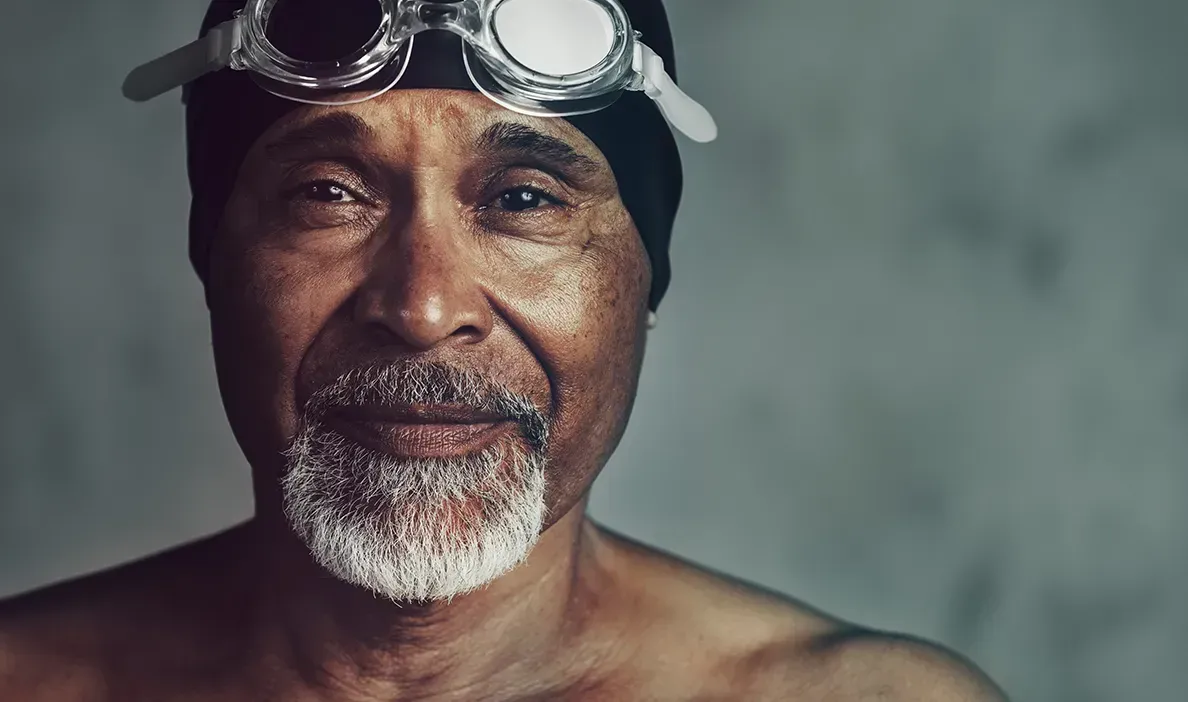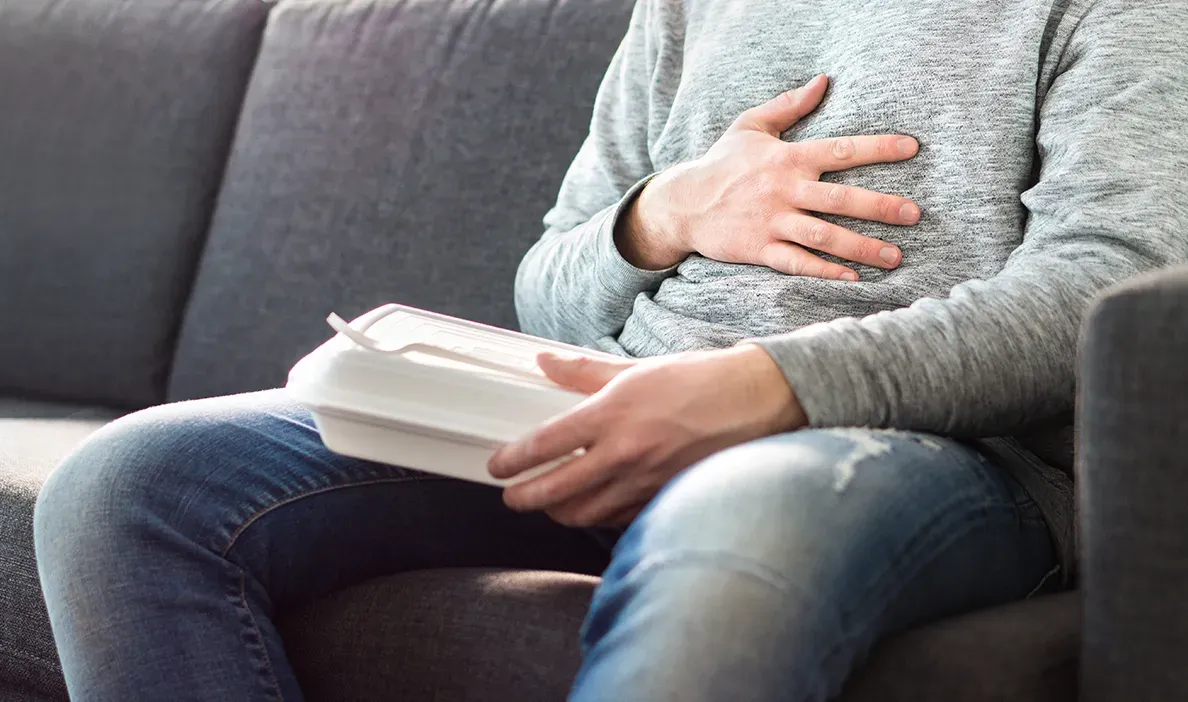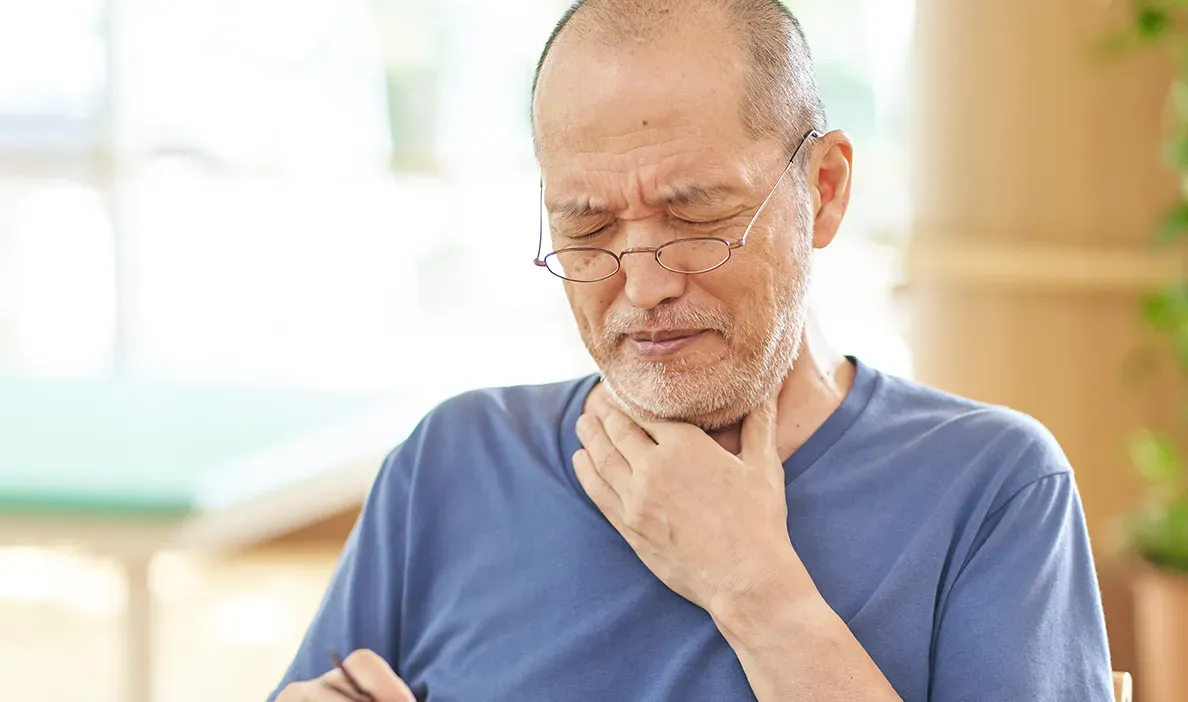Living with cancer takes a lot of energy, so it’s understandable if the idea of adding exercise to your to-do list feels daunting at first. But did you know that moving your body every day can really make a difference when you are living with cancer?1
Why exercise is important
We all know that being active is important; it has many benefits for both our physical and emotional wellbeing. It’s recommended that every adult should try to be moderately active for at least 30 minutes a day on 5 or more days of the week.1 This could mean going for a walk at a bit of a faster pace, going for a bike ride, or even cutting the grass.
Staying active while you are living with cancer, or having treatment for cancer, can help you to feel better overall. This is because exercise can help to reduce stress, improve sleep, and give you more energy.1 Being active and having a healthy weight can also support your immune system.2
It’s important that you are active in a way that is right for you. So, speak to your GP or healthcare team for advice if you are unsure about what to do.
How exercise can help recovery from treatment
Staying active can help protect your body and mind from some of the side effects of cancer treatment. These side effects can include feeling very tired (fatigue), pain, changes in mood, trouble sleeping, and feeling less hungry.3
Exercise can help tackle some of these side effects by:4
- Making you feel stronger
- Helping you feel more energised
- Helping you feel better about yourself and your body
- Reducing pain
- Helping you get a good night’s sleep
- Improving your mood
- Reducing feelings of depression and anxiety
Types of exercise you may wish to try
If you don’t exercise already, you might be wondering where to begin. Moving your body doesn’t need to be a high-intensity workout class or going for a run, though. It can be anything that gets your heart beating a little faster. It can be found in simple everyday choices like taking the stairs, spending 30 minutes in the garden, or parking the car a little further from the shop.4
There are three main types of exercise for you to consider:
- Flexibility exercises (like yoga or stretching)
- Aerobic exercises (like brisk walks, running, swimming)
- Resistance exercises (like weightlifting)3
Creating an exercise routine that blends resistance and aerobic exercises may help you build muscle and feel more energised—two things that can help you while you are living with cancer.3
Knowing when to rest
When trying a new exercise or becoming more active, it’s important to listen to your body. At times, you might need to dial it down or switch to gentler exercises, depending on how you’re feeling during treatment.
Some days you may not feel like doing much exercise, or any at all, and that's OK. Some treatment side effects, like feeling really tired (fatigue), or feeling sick (nausea), can make it difficult to do exercise.4
When you do feel up to it, find a gentle activity that feels good to you, like going for a walk with a friend. Do what you can – but remember that rest is also an important part of your treatment and recovery.4
References
- Cancer Research UK. Exercise guidelines for cancer patients. Available at: www.cancerresearchuk.org/about-cancer/coping/physically/exercise-guidelines [Accessed June 2025].
- Cancer research UK. What are the benefits of exercise? Available from: https://www.cancerresearchuk.org/about-cancer/causes-of-cancer/physical-activity-and-cancer/what-are-the-benefits-of-exercise [Accessed June 2025].
- Dana-Farber Cancer Institute. Questions about exercise during and after cancer treatment. Available at: www.dana-farber.org/health-library/articles/questions-about-exercise-during-and-after-cancer-treatment/ [Accessed June 2025].
- Mayo Clinic. Cancer survivors: Care for your body after treatment. Available at: www.mayoclinic.org/diseases-conditions/cancer/in-depth/secret-weapon-during-cancer-treatment-exercise/art-20457584 [Accessed June 2025].






